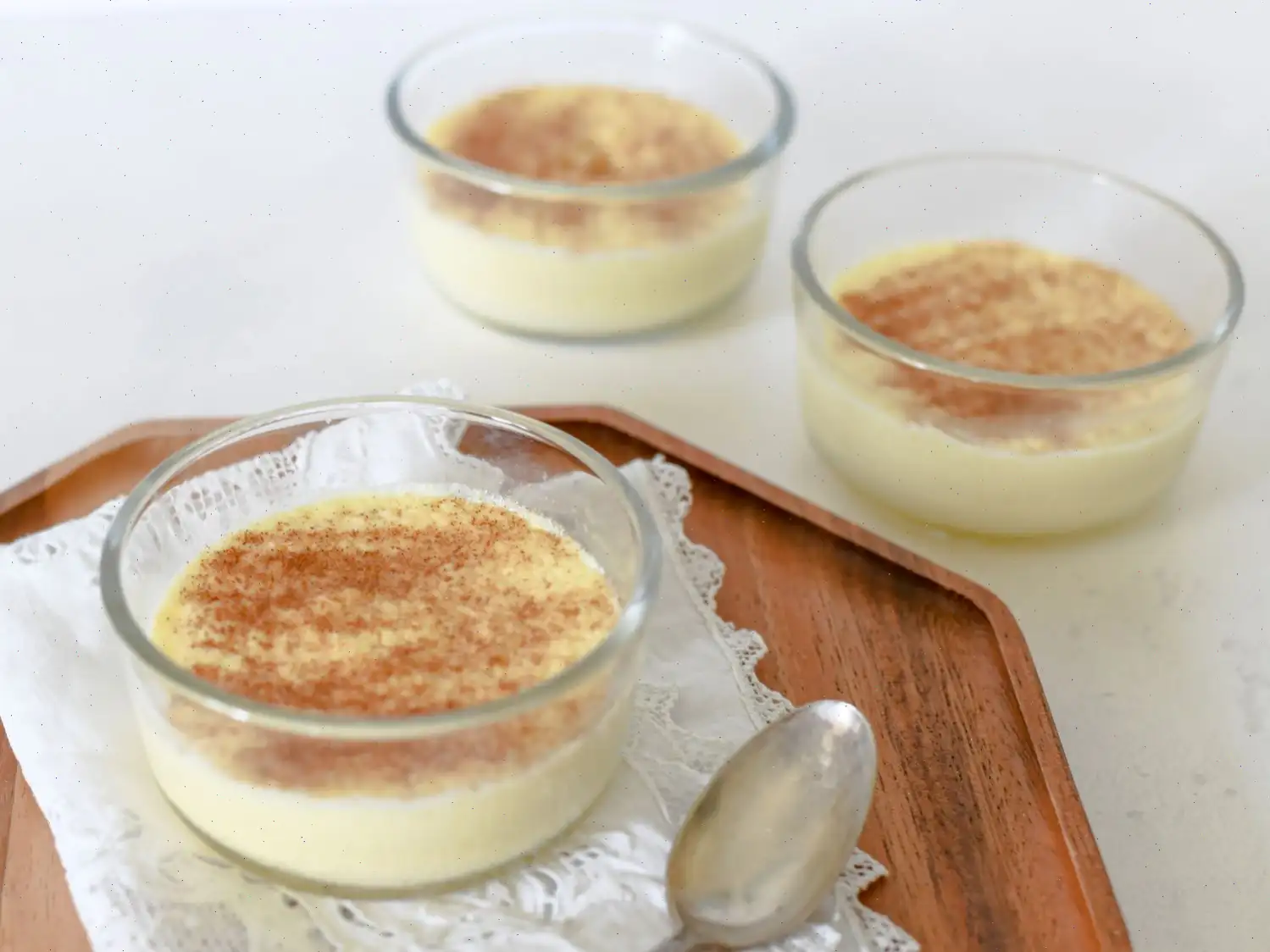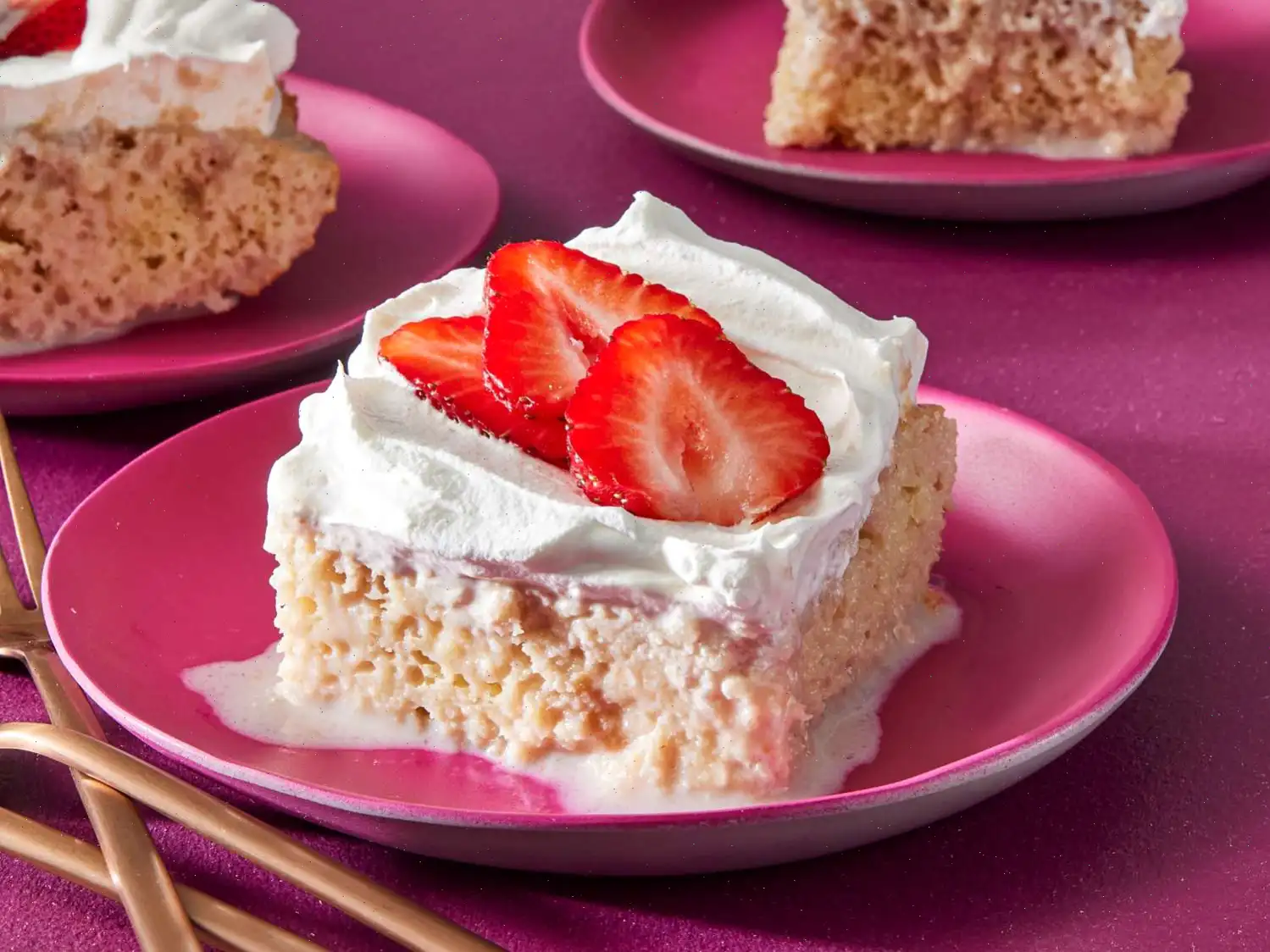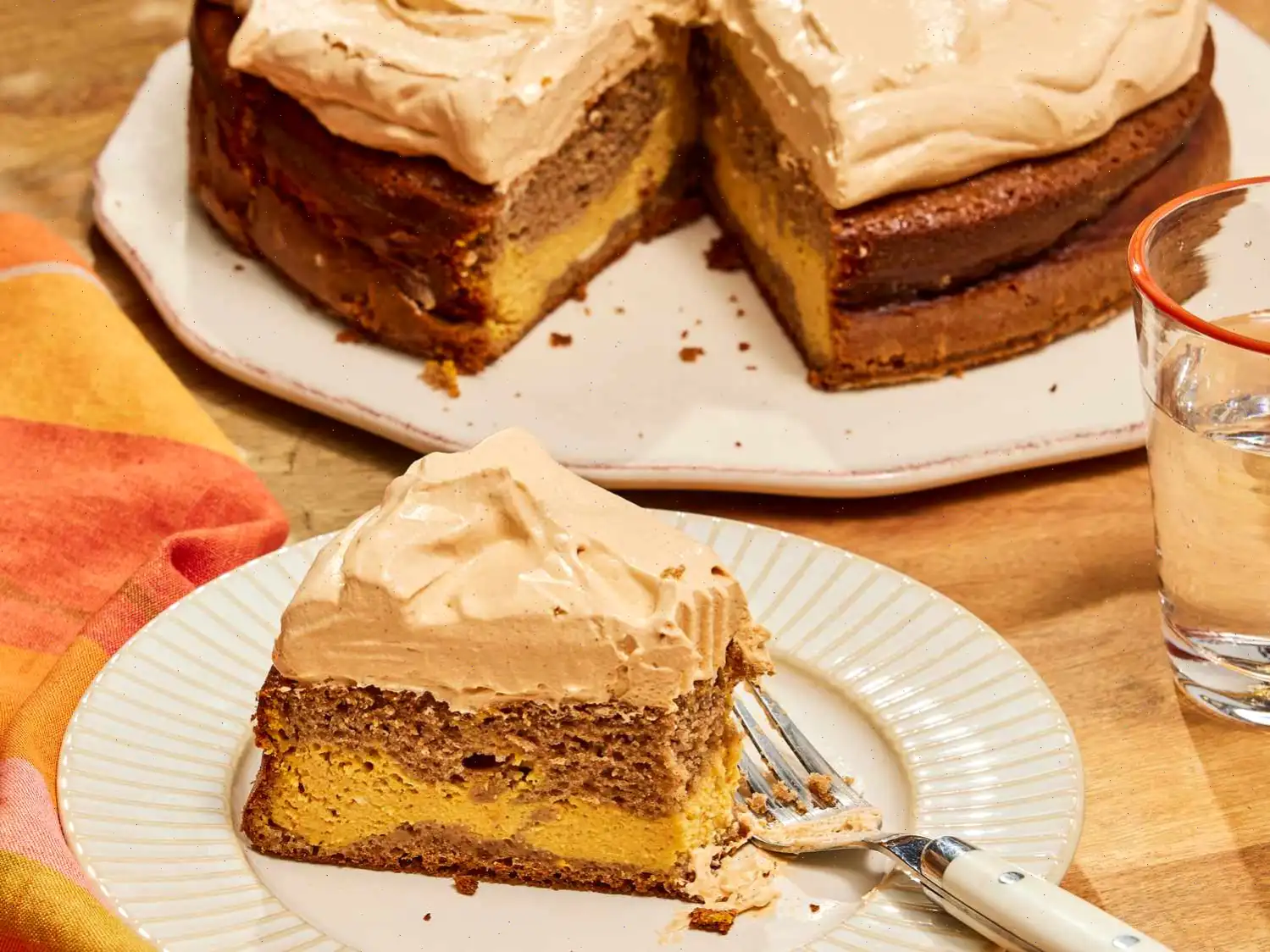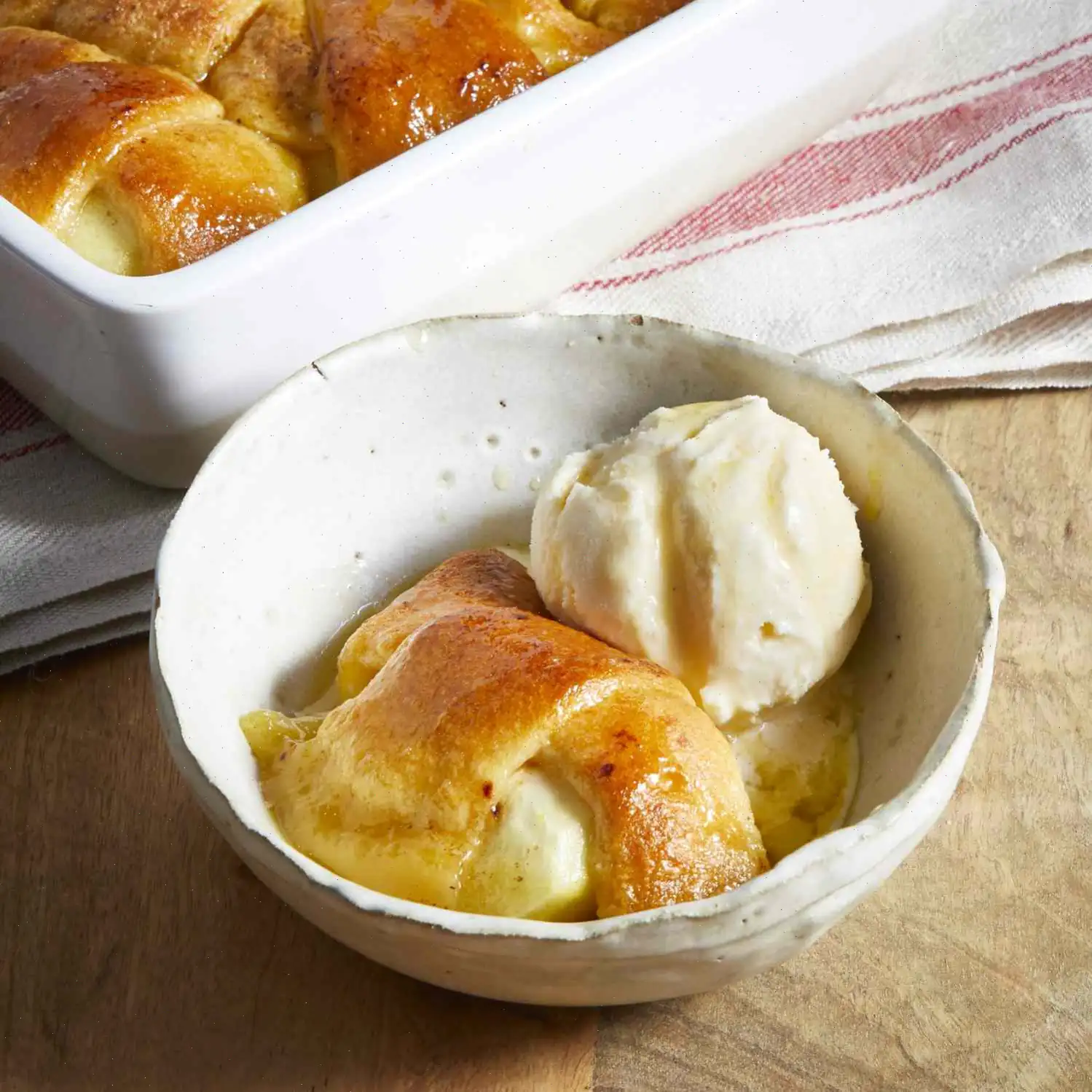
Natillas (Spanish Custard) Recipe
Ingredients
This recipe was developed at its original yield. Ingredient amounts are automatically adjusted, but cooking times and steps remain unchanged. Note that not all recipes scale perfectly. Original recipe (1X) yields 4 servings.
- 2 cups whole milk
- 1 (2-inch) piece cinnamon stick
- 1 (1 -inch) piece lemon zest
- 3 large egg yolks
- 3 tablespoons white sugar
- 1 tablespoon cornstarch
Directions
Follow these easy steps to create this delightful custard:
- Combine the milk, cinnamon stick, and lemon zest in a saucepan over low heat. Cook for 10 minutes, making sure it doesn't boil.
- While the milk mixture is heating, beat the egg yolks and sugar in a bowl with an electric mixer until the mixture becomes light and creamy.
- Beat in the cornstarch, continuing to mix until the mixture is smooth and lump-free.
- Once the milk has heated and the cinnamon stick and lemon zest have infused the milk, remove and discard both.
- Gradually add the egg yolk mixture to the milk, whisking gently over low heat until the custard begins to thicken, about 10 minutes.
- Bring the custard to a boil and immediately remove from heat.
- Pour the custard into individual serving dishes and refrigerate until it sets, about 2 hours.
Nutrition Facts (per serving)
| Calories | 187 |
| Total Fat | 9g (11% DV) |
| Saturated Fat | 4g (19% DV) |
| Cholesterol | 198mg (66% DV) |
| Sodium | 108mg (5% DV) |
| Total Carbohydrate | 18g (7% DV) |
| Dietary Fiber | 0g (1% DV) |
| Total Sugars | 16g |
| Protein | 9g (19% DV) |
| Vitamin C | 2mg (2% DV) |
| Calcium | 170mg (13% DV) |
| Iron | 1mg (5% DV) |
| Potassium | 221mg (5% DV) |
* Percent Daily Values are based on a 2,000-calorie diet. Your daily values may be higher or lower depending on your calorie needs.
** Nutrient information is not available for all ingredients. Amount is based on available nutrient data.
Natillas is a classic Spanish dessert that has been enjoyed for generations, known for its creamy texture and delicate flavors of cinnamon and lemon. This custard, made with egg yolks and milk, offers a rich yet light taste that has made it a staple in Spanish households. But how did this beloved dessert come to be, and what makes it so unique? Let's take a closer look at its origins, regional variations, and some fascinating facts surrounding Natillas.
History of Natillas
The origins of Natillas date back to medieval Spain, when custards were commonly prepared using simple ingredients like milk, eggs, and sugar. The dish was a favorite of both royalty and peasants, as its ingredients were readily available. Over time, Natillas became a widespread dessert throughout Spain and Latin America, evolving in various regions while maintaining its essential character. The addition of flavorings such as cinnamon, vanilla, and lemon zest gave it its distinctive aromatic quality, and it soon became associated with traditional Spanish cuisine.
Regional Variations
In Spain, Natillas are enjoyed across the country, but certain regions have their own unique twists on the dish. In Andalusia, for example, it is common to add a few drops of aniseed liquor to the custard, giving it a subtle licorice flavor. In the Basque Country, some variations use a touch of chocolate to enhance the richness. Latin American countries, including Mexico, Colombia, and Argentina, have also adopted Natillas, often serving it with a topping of caramelized sugar or fresh fruits. Despite these regional differences, the basic recipe remains largely the same, showcasing the versatility of this simple yet indulgent dessert.
How Natillas Differs from Similar Dishes
While Natillas shares similarities with other custard-based desserts, such as French Crme Brle or Italian Panna Cotta, it is notably lighter and smoother. Unlike Crme Brle, which is typically baked and finished with a caramelized sugar top, Natillas is cooked on the stovetop, resulting in a creamier, pudding-like texture. Additionally, Natillas is usually flavored with cinnamon and lemon zest, giving it a distinct Spanish flair. Another important difference is the absence of heavy cream in the traditional recipe, which keeps the custard light while still offering a luxurious mouthfeel.
Where is Natillas Typically Served?
Natillas is often served as a comforting dessert at the end of a family meal, especially in Spain. It can be found in many Spanish homes, restaurants, and even in cafes, where it is often enjoyed alongside a cup of coffee or after a tapas meal. The custard is typically chilled in individual serving dishes, such as small ramekins, and is enjoyed as a refreshing yet satisfying treat. It is especially popular during the colder months and is a common dessert served at Christmas and other festive occasions. In Spain, Natillas is sometimes paired with other sweet treats, such as "turrn" (nougat) or "roscones de reyes" (Kings cake), during the holiday season.
Interesting Facts About Natillas
- Natillas is one of the oldest recorded desserts in Spanish cuisine, with references to similar custards dating back to the 15th century.
- In addition to being a beloved dessert, Natillas is sometimes used as a filling for cakes and pastries in Spain, making it a versatile ingredient in Spanish sweets.
- Some variations of Natillas incorporate a burnt sugar topping, similar to the famous Spanish "crema catalana," adding a crispy texture to the otherwise smooth custard.
- In many parts of Spain, it is a popular dish for children, often served as a comforting and wholesome treat.
Whether you are visiting Spain or trying your hand at making this dessert at home, Natillas offers a taste of Spanish tradition and culinary history. Its simple ingredients, rich flavors, and versatile nature make it a timeless favorite, perfect for any occasion.
FAQ about Natillas (Spanish Custard) Recipe
Comments
Debbi
08/10/2025 08:05:56 PM
I liked the procedure better than some others I found online. I did not use a mixer to cream the sugar, but a fork. I added an extra T cornstarch, 1 more egg yolk and increased sugar to 1/2 cup. I added another strip of lemon zest and 1/8 tsp of salt to the milk. I skipped the bring to a boil but it came out thinner than I preferred so will try that next time. Another recipe recommended cooking until you can draw a line on a wooden spoon. Also added 1 tsp vanilla after thickened and a sprinkle of cinnamon on top of ramekin.
Mary Walker
01/13/2025 02:47:31 AM
This made my whole house smell amazing.








